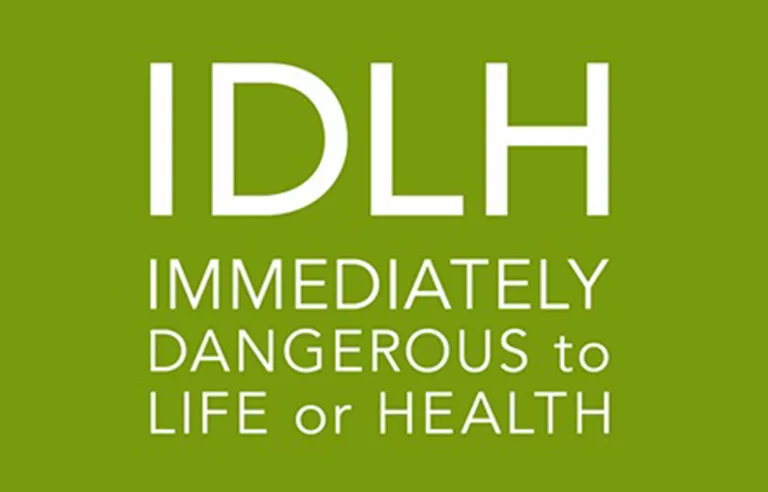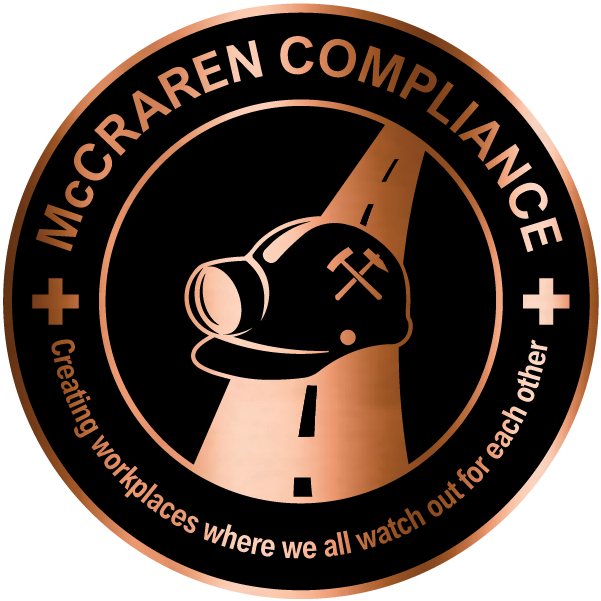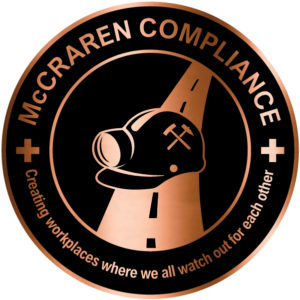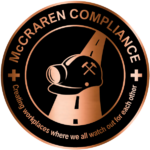
Photo: CDC.gov
Cincinnati — A recent series of reports from NIOSH details the agency’s immediately dangerous to life or health values for three chemical substances commonly found on worksites.
NIOSH has developed IDLH profiles for:
Hydrogen bromide (HBr): Used in organic synthesis of bromine-containing compounds, as a mineral ore solvent or mineral residue cleaner, and as an alkylation catalyst
Hydrogen chloride (HCl): Used in fumigation; the manufacture of acrylics, synthetic rubber, plastics and dyes; steel and iron hardening; and mining
Hydrogen iodide (HI): Used as a reducing agent and in the manufacture of pharmaceuticals, iodine salts and iodine-based disinfectants
The IDLH for hydrogen bromide is 35 parts per million; it’s 45 ppm for hydrogen chloride and hydrogen iodide.
Employers must require workers entering IDLH conditions to wear a NIOSH-approved full facepiece self-contained breathing apparatus or a combination supplied air respirator with the SCBA, the agency says.
“Chemicals are a frequent component of the modern workplace,” NIOSH adds. “Occupational exposures to chemicals have long been recognized as having the potential to adversely affect the lives and health of workers. Acute or short-term exposures to high concentrations of some airborne chemicals can quickly overwhelm workers, affecting their ability to escape from the exposure environment.
“These exposures can result in a range of negative health outcomes – from eye and respiratory tract irritation to severe, irreversible health effects – and in extreme cases, death.”
McCraren Compliance offers many opportunities in safety training to help circumvent accidents. Please take a moment to visit our calendar of classes to see what we can do to help your safety measures from training to consulting.
Original article published by Safety+Health an NSC publication


